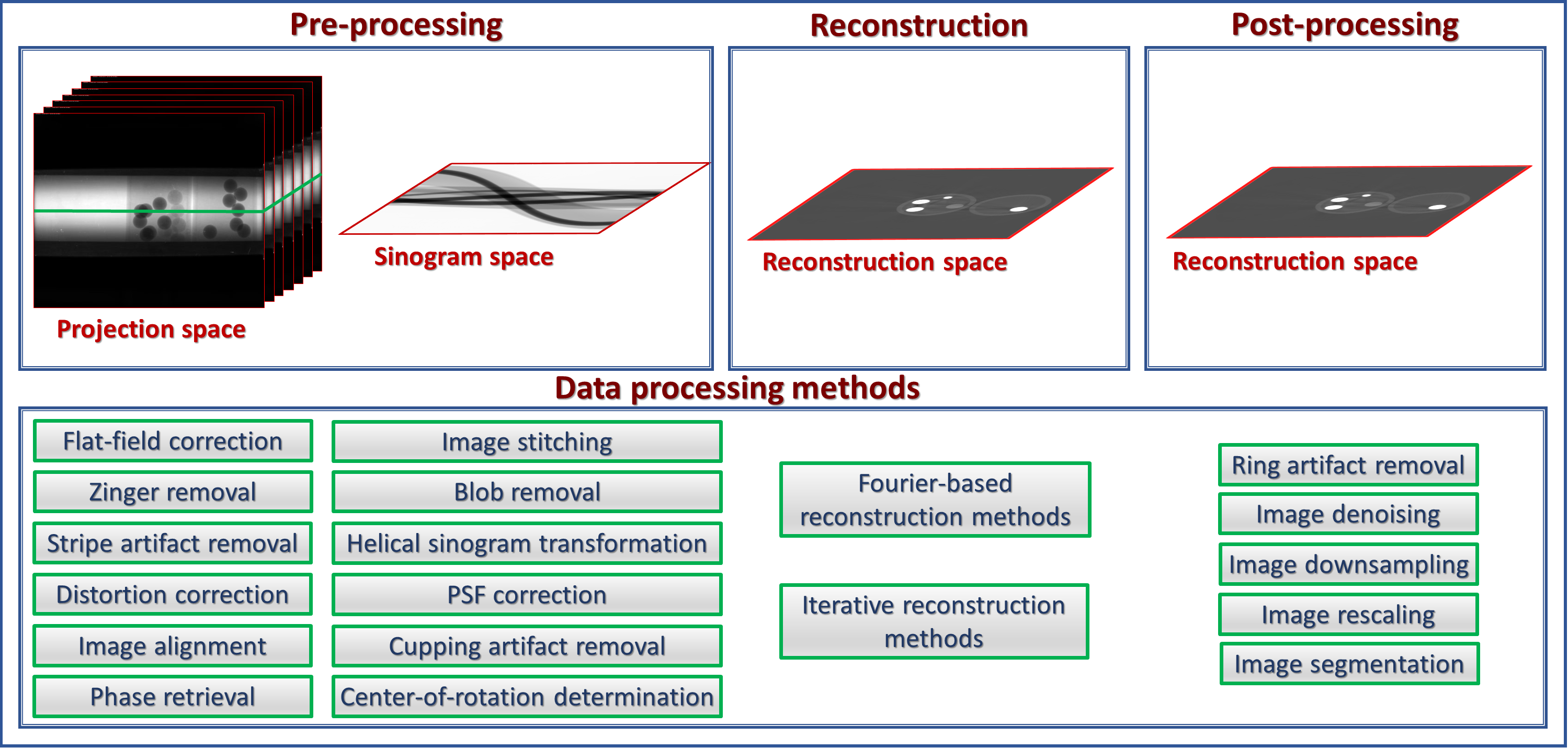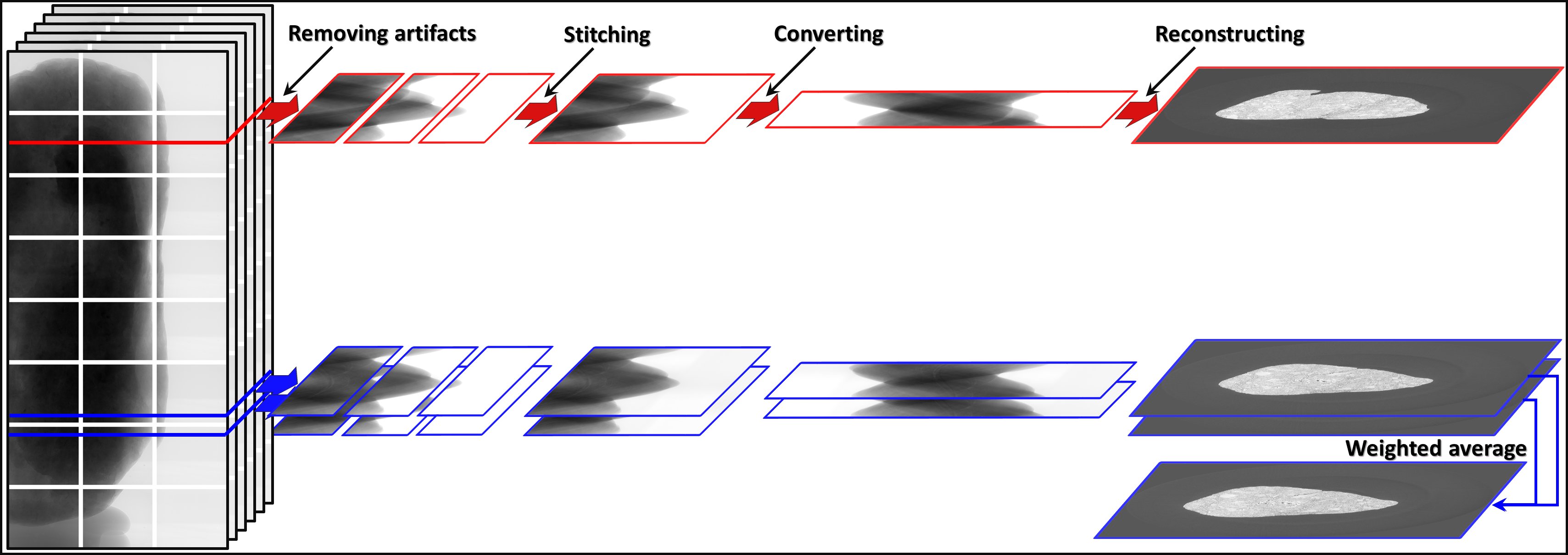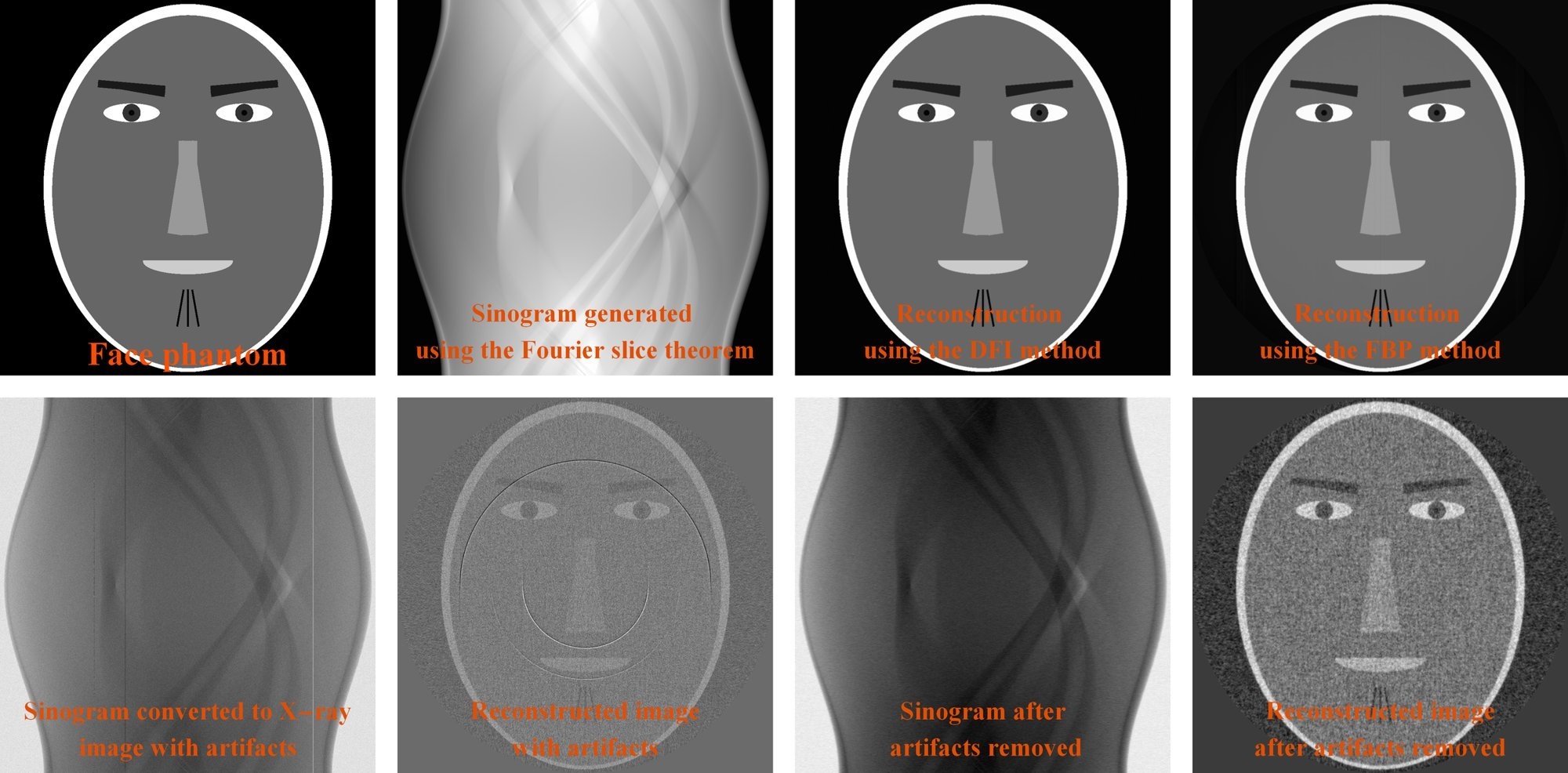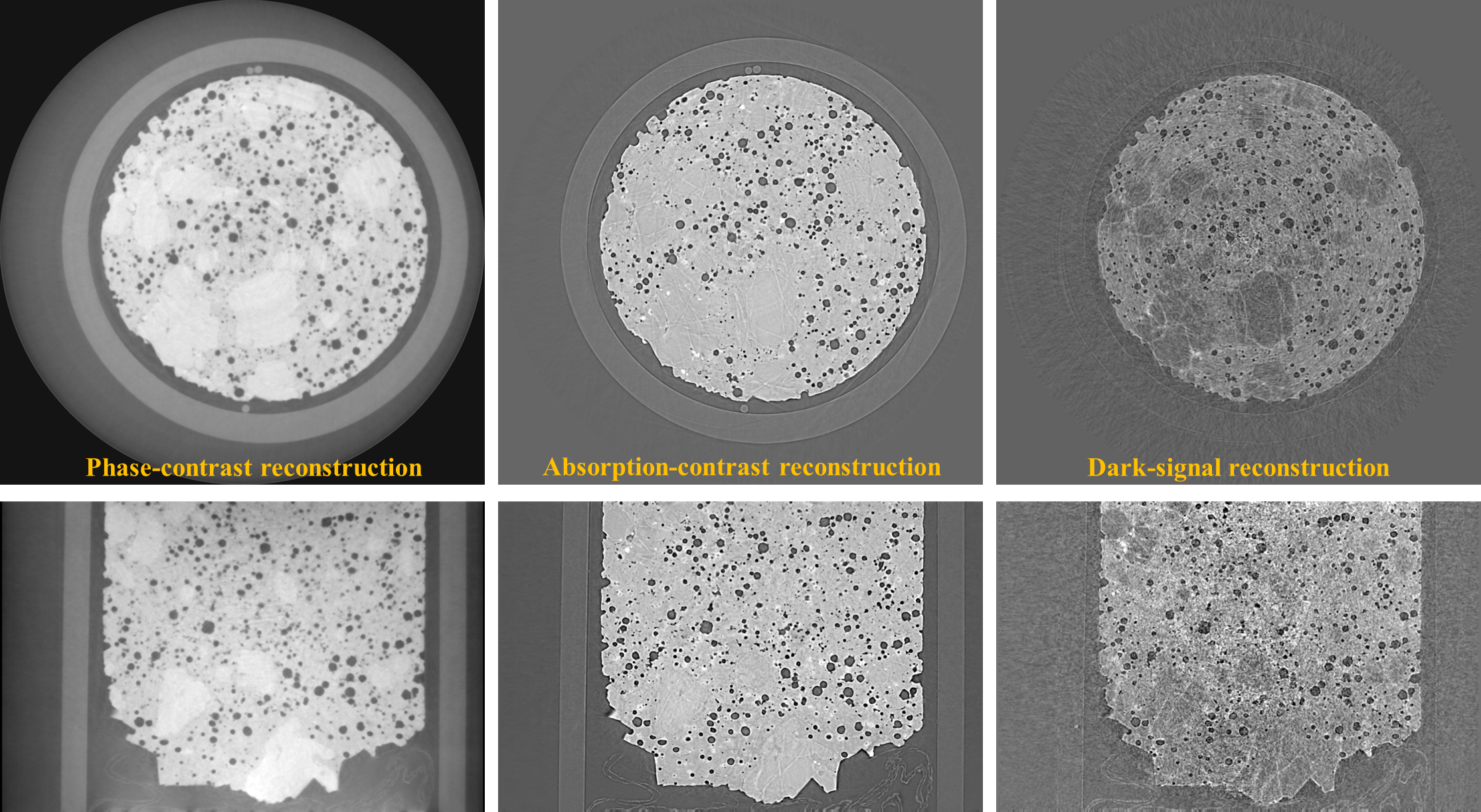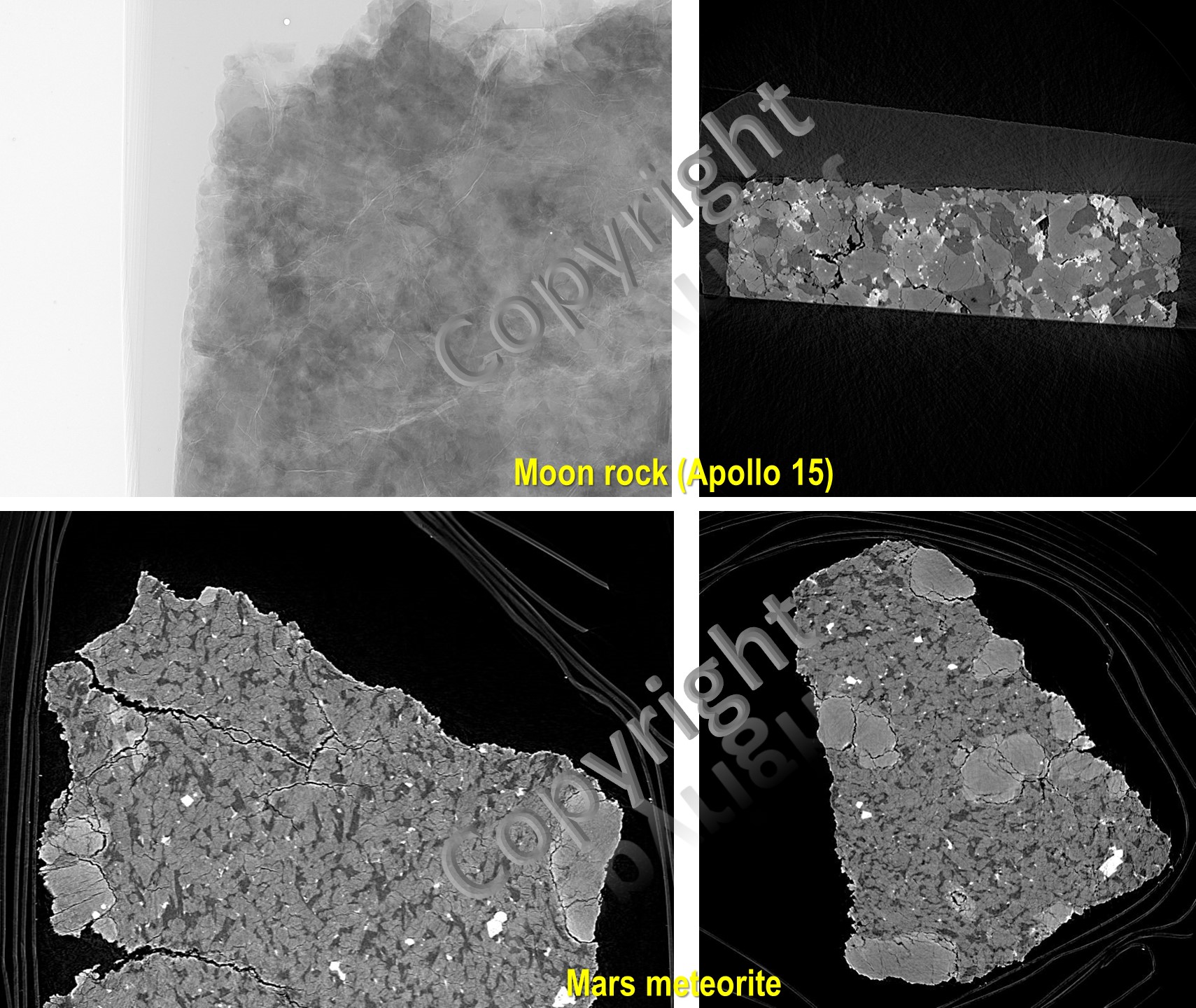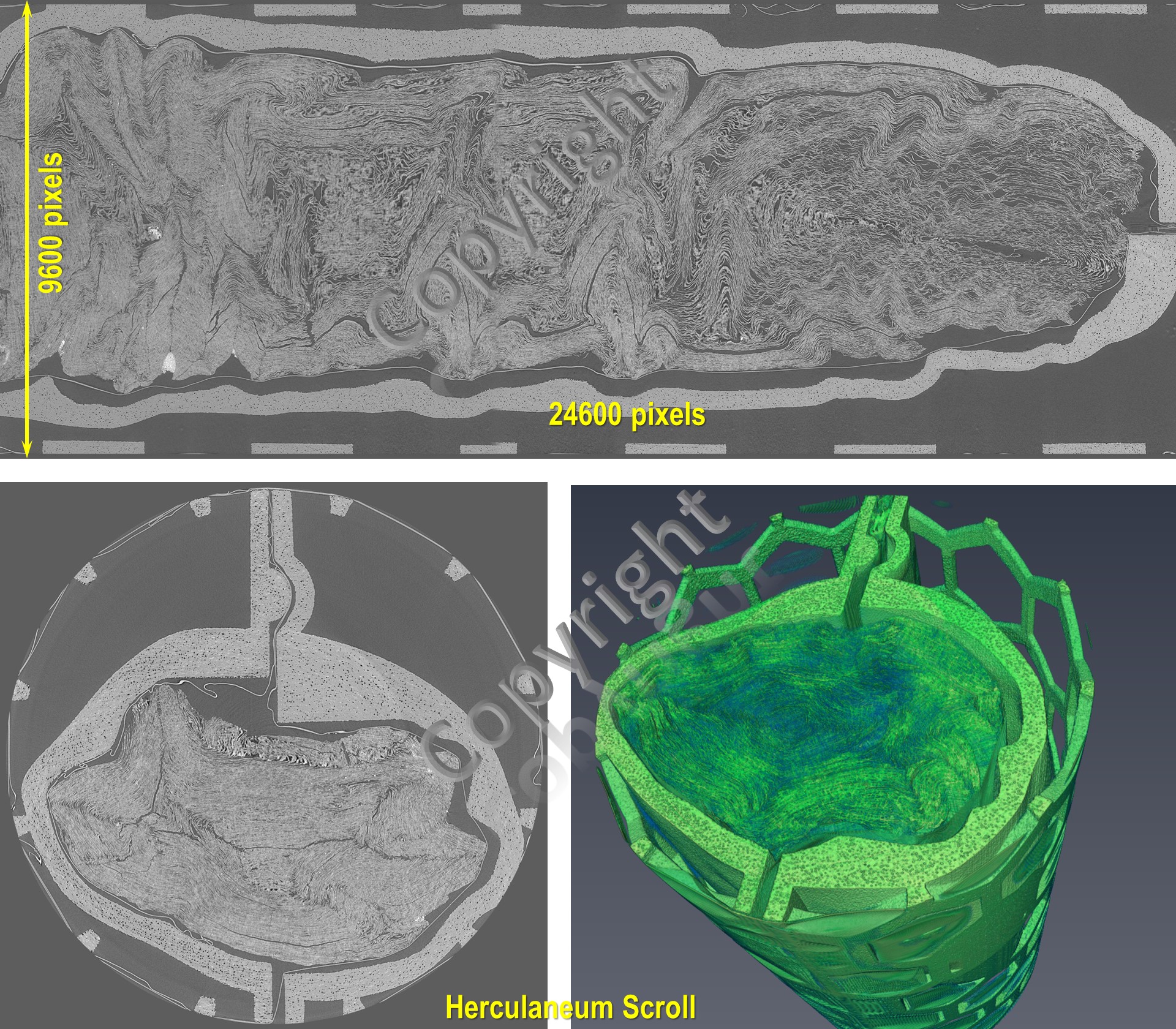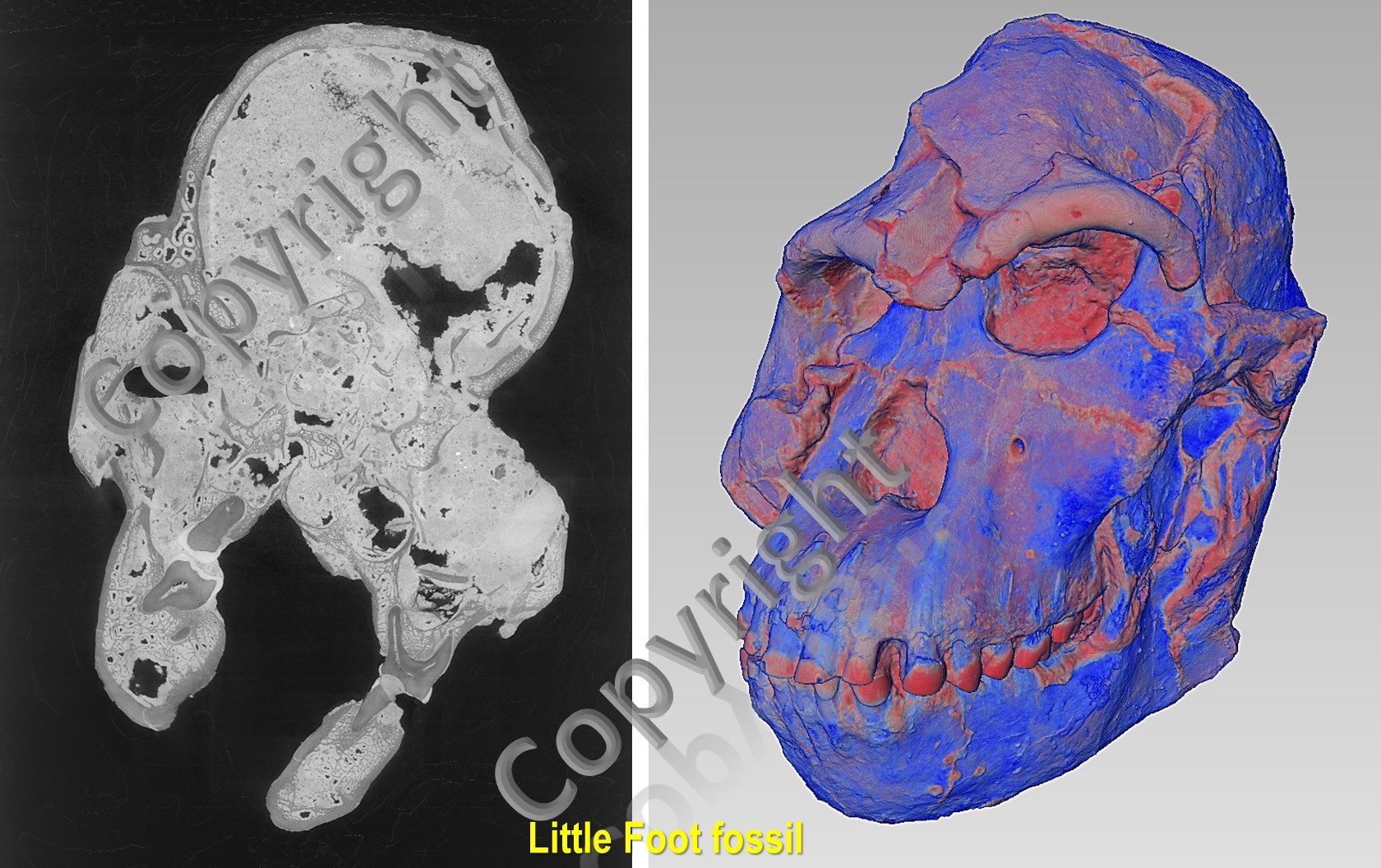Data processing algorithms for tomography
Project description
Algotom
Data processing (ALGO)rithms for (TOM)ography.
Algotom is a Python package that implements data processing methods for tomography. It offers a comprehensive pipeline for data processing; including reading and writing data, pre-processing, tomographic reconstruction, post-processing, and data simulation. The package provides numerous utility methods to assist users in rapidly developing prototype methods or constructing a pipeline for processing their own data. The main standout features of Algotom are its wealth of pre-processing methods: artifact removal, distortion correction, phase retrieval, processing automation,... The software excels in readability, minimal dependencies, maintainability, and rich documentation. Starting from version 1.1, methods for speckle-based phase-contrast tomography have been incorporated into the package.
Features
Algotom is a lightweight package. The software is built on top of a few core Python libraries to ensure its ease-of-installation. Methods distributed in Algotom have been developed and tested at synchrotron beamlines where massive datasets are produced. This factor drives the methods developed to be easy-to-use, robust, and practical. Algotom can be used on a normal computer to process large tomographic data. Some featuring methods in Algotom are as follows:
-
Methods in a full data processing pipeline: reading-writing data, pre-processing, tomographic reconstruction, and post-processing.
-
Methods for processing grid scans (or tiled scans) with the offset rotation-axis to multiply double the field-of-view (FOV) of a parallel-beam tomography system. These techniques enable high-resolution tomographic scanning of large samples.
-
Methods for processing helical scans (with/without the offset rotation-axis).
-
Methods for determining the center-of-rotation (COR) and auto-stitching images in half-acquisition scans (360-degree acquisition with the offset COR).
-
Some practical methods developed and implemented for the package: zinger removal, tilted sinogram generation, sinogram distortion correction, beam hardening correction, DFI (direct Fourier inversion) reconstruction, FBP reconstruction, and double-wedge filter for removing sample parts larger than the FOV in a sinogram.
-
Utility methods for customizing ring/stripe artifact removal methods and parallelizing computational work.
-
Calibration methods for determining pixel-size in helical scans.
-
Methods for generating simulation data: phantom creation, sinogram calculation based on the Fourier slice theorem, and artifact generation.
-
Methods for phase-contrast imaging: phase unwrapping, speckle-based phase retrieval, image correlation, and image alignment.
-
Methods for downsampling, rescaling, and reslicing (+rotating, cropping) 3D reconstructed image without large memory usage.
Installation
- https://algotom.readthedocs.io/en/latest/toc/section3.html
- If users install Algotom to an existing environment and Numba fails to install due to the latest Numpy:
- Downgrade Numpy and install Algotom/Numba again.
- Create a new environment and install Algotom first, then other packages.
- Use conda instead of pip.
- Avoid using the latest version of Python or Numpy as the Python ecosystem taking time to keep up with these twos.
Usage
- https://algotom.readthedocs.io/en/latest/toc/section4/section4_5.html
- https://algotom.readthedocs.io/en/latest/toc/section1/section1_4.html
- https://algotom.readthedocs.io/en/latest/toc/section4.html
- https://github.com/algotom/algotom/tree/master/examples
Development principles
-
While Algotom offers a comprehensive range of tools for tomographic data processing covering raw-data reading, pre-processing, reconstruction, post-processing, and data saving; its development primarily focuses on pre-processing techniques. This distinction makes it a prominent feature among other tomographic software.
-
To ensure that the software can work across platforms and is easy-to-install; dependencies are minimized, and only well-maintained Python libraries are used.
-
To achieve high-performance computing and leverage GPU utilization while ensuring ease of understanding, usage, and software maintenance, Numba is used instead of Cupy or PyCuda.
-
Methods are structured into modules and functions rather than classes to enhance usability, debugging, and maintenance.
-
Algotom is highly practical as it can run on computers with or without a GPU, multicore CPUs; and accommodates both small and large memory capacities.
Update notes
Author
- Nghia T. Vo - NSLS-II, Brookhaven National Lab, USA; Diamond Light Source, UK.
Highlights
Algotom was used for some experiments featured on media:
-
Scanning Moon rocks and Martian meteorites using helical scans with offset rotation-axis. Featured on Reuters.
-
Scanning Herculaneum Scrolls using grid scans with offset rotation-axis respect to the grid's FOV (pixel size of 7.9 micron; total size of 11.3 TB). Featured on BBC. The latest updates on the scroll's reading progress are here.
-
Scanning 'Little Foot' fossil using two-camera detector with offset rotation-axis. Featured on BBC.
Project details
Download files
Download the file for your platform. If you're not sure which to choose, learn more about installing packages.











